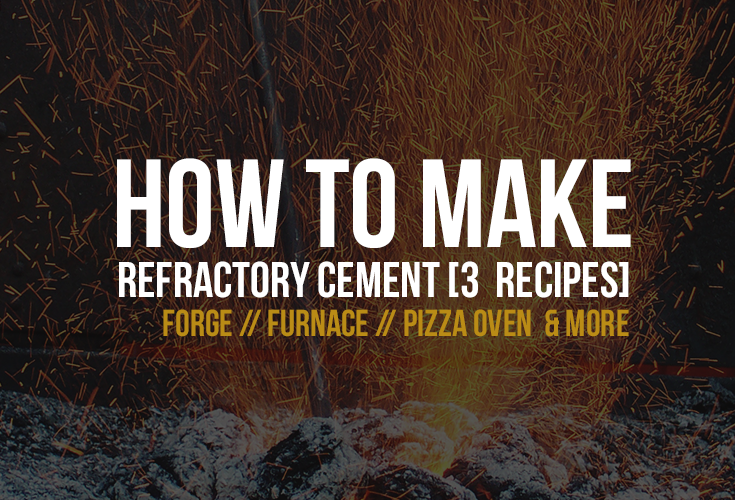Hey guys (and gals) I recently got bit by the WFO bug after visiting a friends house and enjoyed some awesome pizza made from a small, medicine ball molded WFO. It was only able to make small personal size pizzas, but it definitely got the job done! And despite me now having BIG plans for a large, insulated, beautifully built in oven to someday grace my back patio, I realized that will take me weeks/months to complete since I have very limited free time, and is going to cost big $ and itís Arizona in May which means itís Already triple digits and I wonít want to work outside for another 7 months, but I canít wait that long to enjoy my own backyard WFO
I need something quick, relatively easy to construct, small-ish in size, easy on the pocket book. Almost went the medicine ball route after seeing so many Pinterest examples, but I decided not too because; A) one article I read mentioned how the ball moved too much when trying to Ďcompactí the cement, and B) since Iím trying to maximize my overall size to interior cooking space ratio, the barrel/vault style oven is the obvious design option.
Yes, I have read many different things on how the dome is a more efficient heat equalizer and cooks pizza better, etc etc. But in the sense of versatility since my wife loves to make bread, and since I highly, highly doubt my ameture taste buds would notice any difference in a vault fired pizza or dome fired pizza, barrel build is a go!
Ok onto the good stuff
I started by drawing up my plans, I need the whole oven to fit on 24x36 platform and I intend to use every inch of it. (Iíll explain why the dimensions later) so by using a simple grid and the magic 62-63% door to ceiling ratio, I had My basic pattern. As well as trying to figure out s fire brick count for the base, but my dimensions were off, oh well, never hurts to have some spares.
I need something quick, relatively easy to construct, small-ish in size, easy on the pocket book. Almost went the medicine ball route after seeing so many Pinterest examples, but I decided not too because; A) one article I read mentioned how the ball moved too much when trying to Ďcompactí the cement, and B) since Iím trying to maximize my overall size to interior cooking space ratio, the barrel/vault style oven is the obvious design option.
Yes, I have read many different things on how the dome is a more efficient heat equalizer and cooks pizza better, etc etc. But in the sense of versatility since my wife loves to make bread, and since I highly, highly doubt my ameture taste buds would notice any difference in a vault fired pizza or dome fired pizza, barrel build is a go!
Ok onto the good stuff
I started by drawing up my plans, I need the whole oven to fit on 24x36 platform and I intend to use every inch of it. (Iíll explain why the dimensions later) so by using a simple grid and the magic 62-63% door to ceiling ratio, I had My basic pattern. As well as trying to figure out s fire brick count for the base, but my dimensions were off, oh well, never hurts to have some spares.







Comment